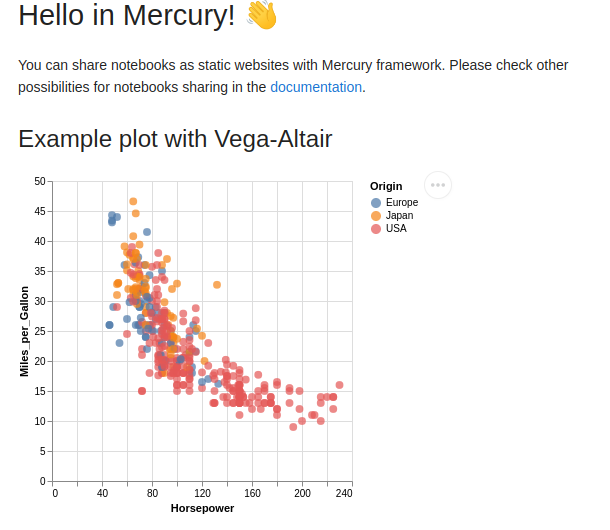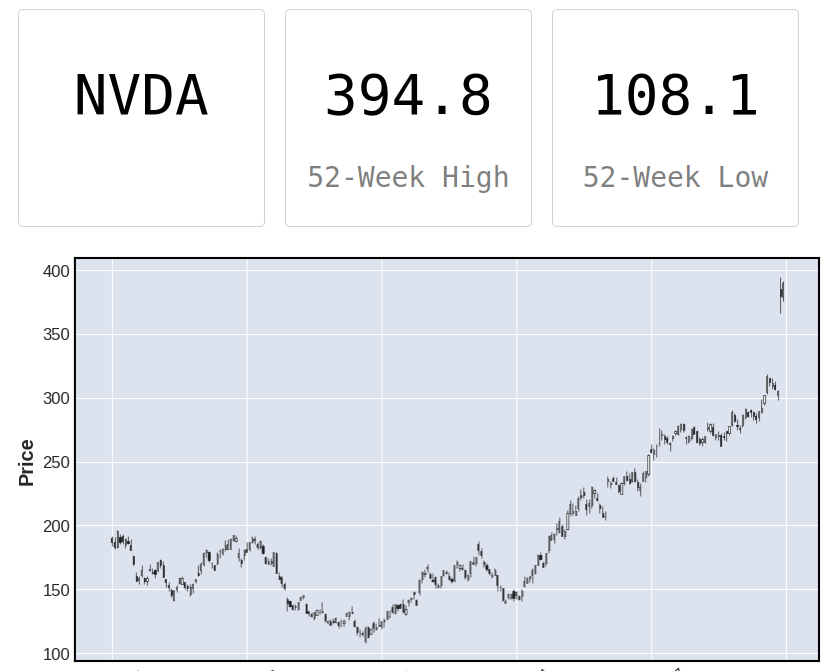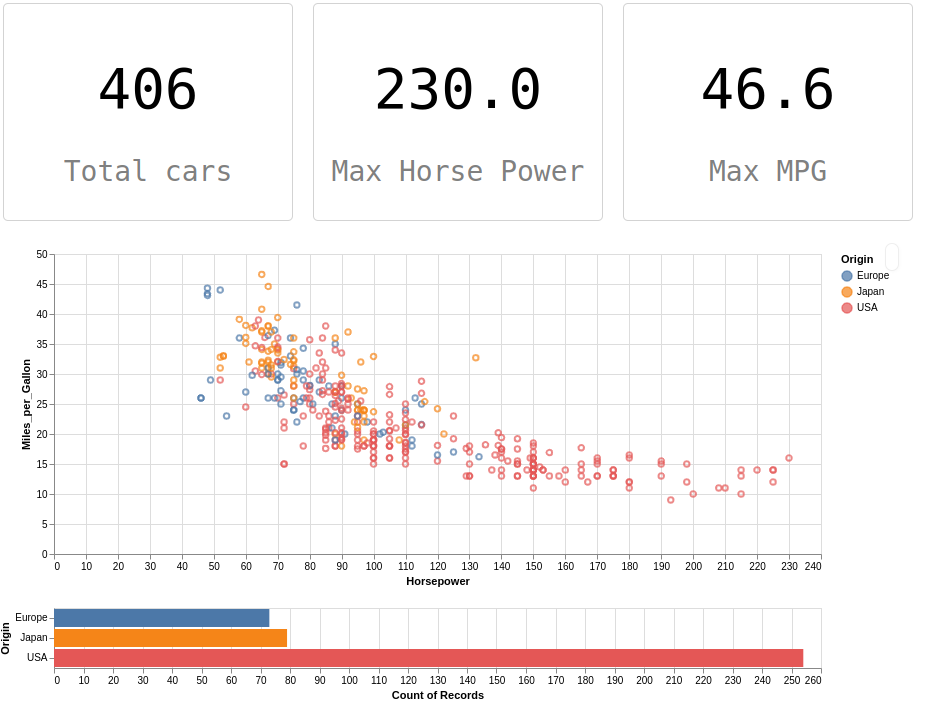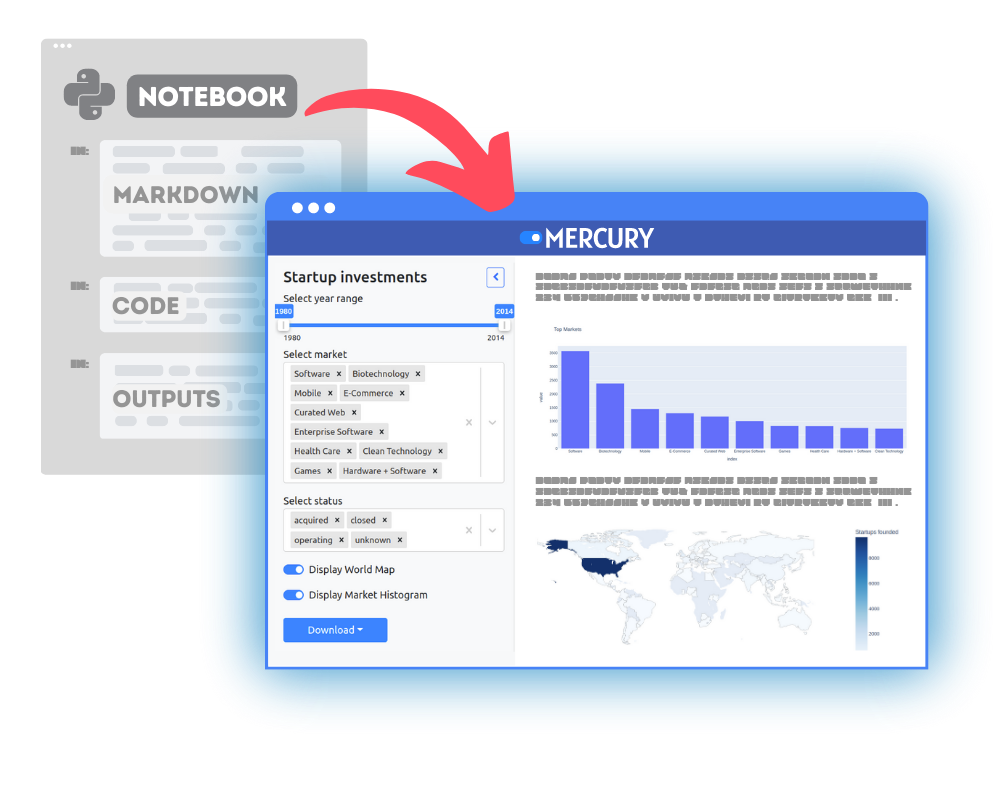
Python Notebooks
to Web Apps
Turn your Python Notebook into a Web App with the open-source Mercury framework. Share your results with non-technical users.
Sign up for CloudCheck our GitHub
What you can build?
Web Apps
Create data-rich web apps with interactive widgets
Reports
Build reports with automatic schedule and PDF export
Dashboards
Visualize your results in interactive dashboards
Websites
Easily turn notebooks into beautiful static websites
Presentations
Interactive slides that are recomputed during the show
REST API
Execute notebooks with REST API and return JSON response
"After changing to use Mercury framework, I get to simplify my code a lot without having to deal with the widget listeners and layout "
"Mercury provides useful widgets so my apps are interactive, but with desired limits set since users can not edit the code. The layout provided by Mercury framework makes anyone feel comfortable because of its clean and flawless look. Knowing this framework made my collaborations much more efficient. "
"Mercury seems to be very interesting. Just had a try today and was able to fire up a GUI within 10 minutes that would have taken me at least 2h using Panel. Really nice thing. "
Web Apps created with Mercury
Check example web applications created in Python notebook with Mercury
More examplesOne click deployment
Sharing notebooks with Mercury is very easy.
The easiest way is to use Mercury Cloud or you can setup your own server.
Mercury Cloud
Mercury Cloud is a service managed by us. You can setup your own website with unique domain address in few seconds. Notebooks deployment is done with one click.
Create websiteSelf host
You can configure your own server and deploy notebooks on your own infrastructure. We provide instructions on how to run your own server with docker-compose.
DocumentationBuild web apps with Python only
You don't need to know frontend frameworks, HTML, CSS or JavaScript.
Create web applications in pure Python without leaving Jupyter Notebook.
DocumentationHow does it work?
No callbacks!
Mercury automatically re-executes cells below updated widget. You don't need to write callbacks to handle widget update.
Perfect layout
Widgets are in the sidebar and outputs will appear in the same order as in the notebook.
How does it work?
1
Start with Python Notebook
Python Notebook is a great tool to connect Markdown, Python code and outputs into meaningful documents.
However, sharing notebooks with others might be challenging!
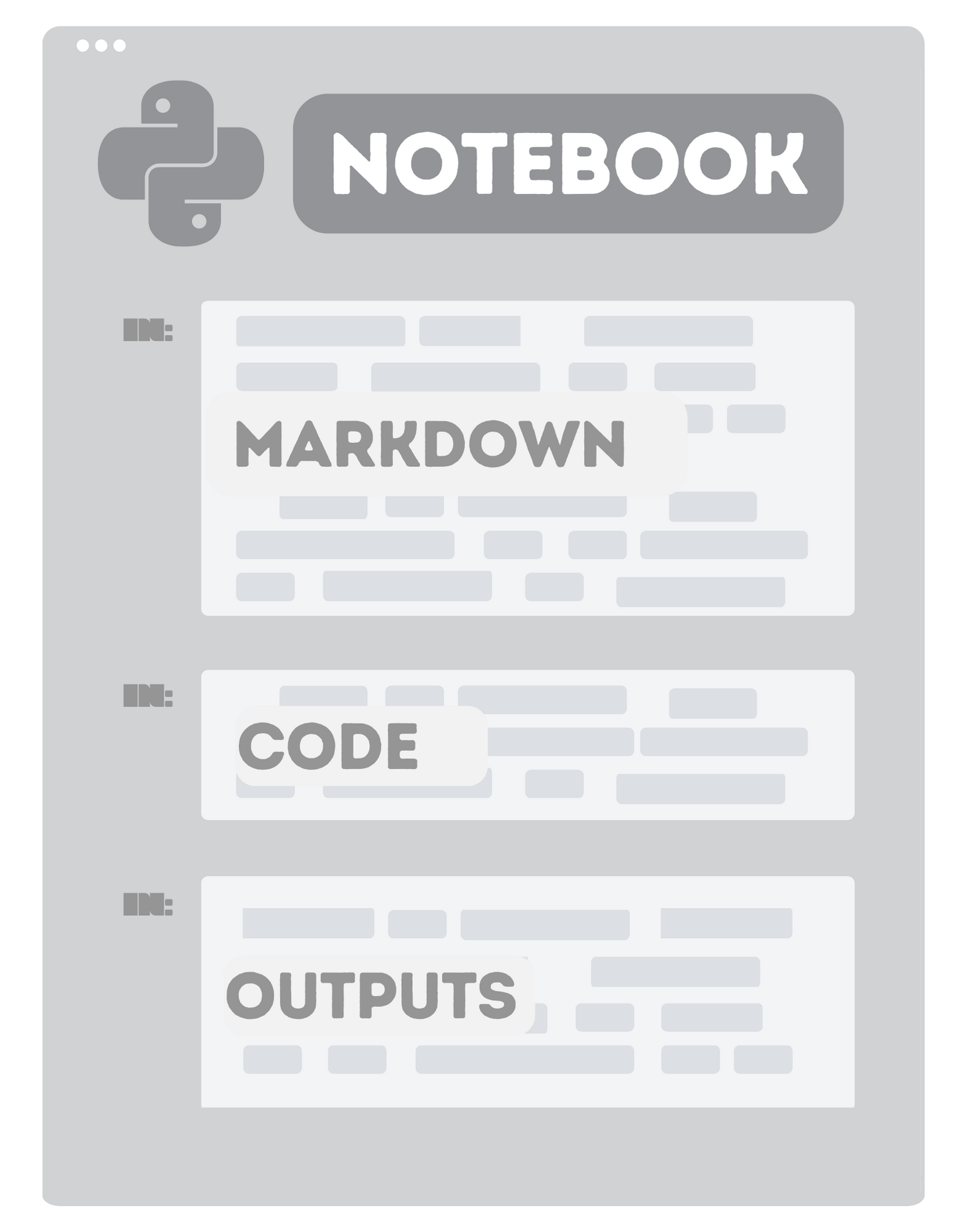
2
Make it interactive
Add widgets to you Python Notebook and make it interactive.
Install Mercury framework
pip install mercury
Import Mercury and use widgets during development
import mercury as mr
text_input = mr.Text(label="Your name?")
Check available widgets in docs
Input WidgetsOutput Widgets
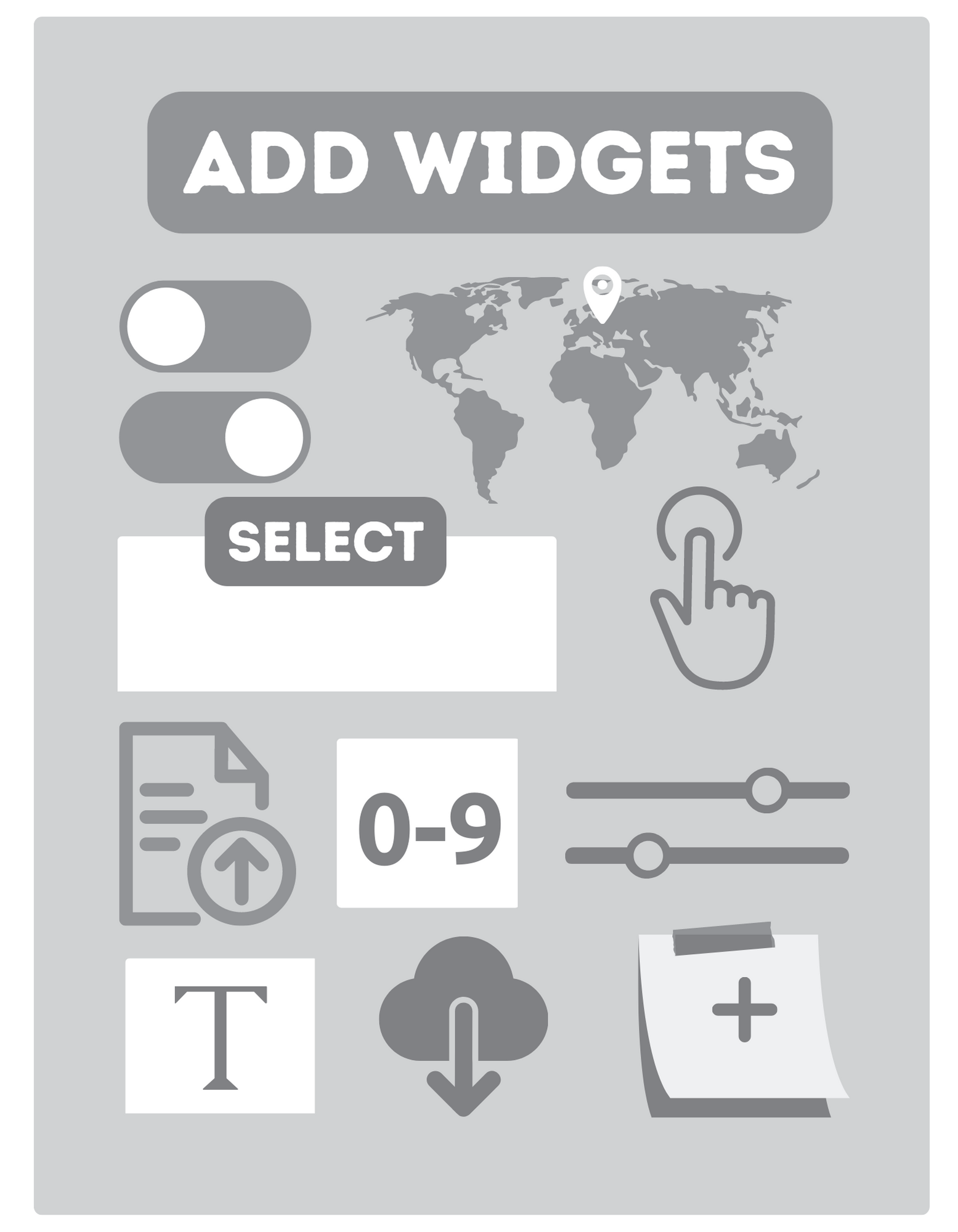
3
Run as Web App
Start Mercury Server and serve your notebook as Web App
mercury run
Users can execute your code but they can't edit it!
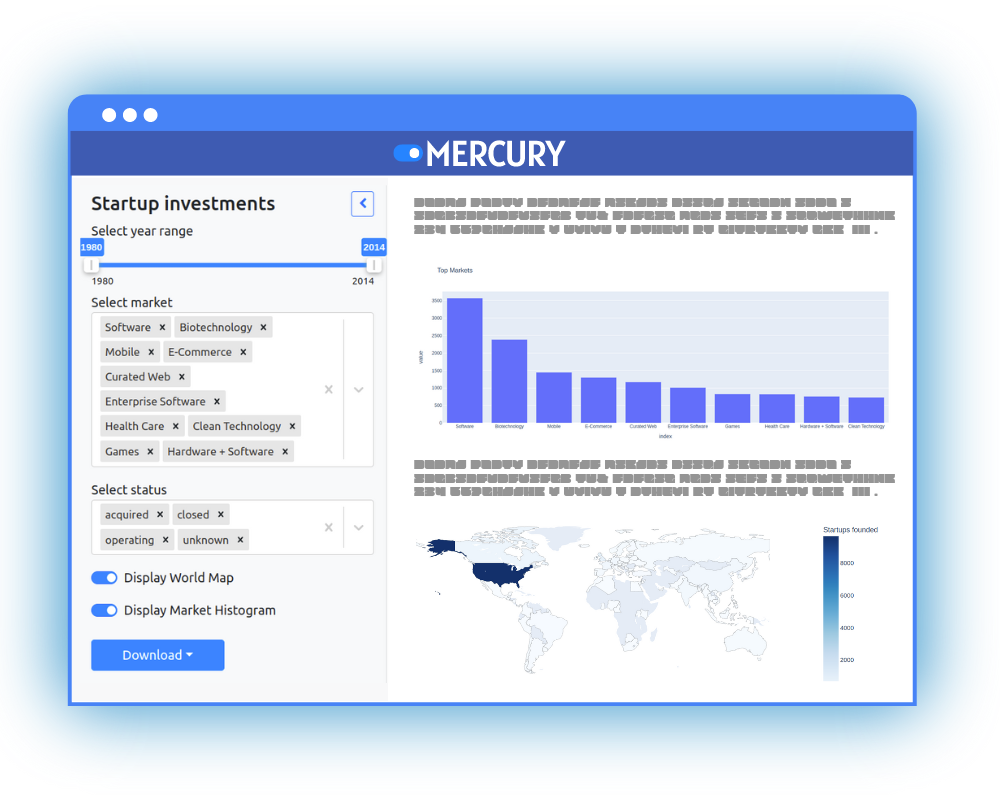
Amazing features!
Works great with





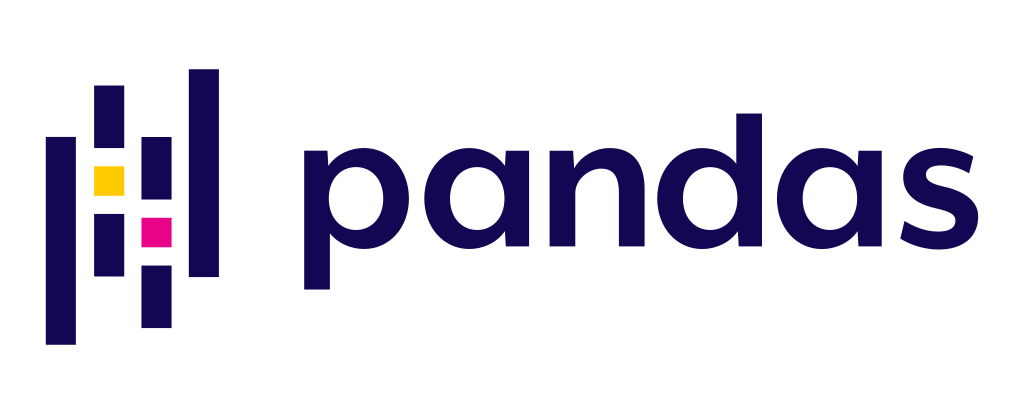
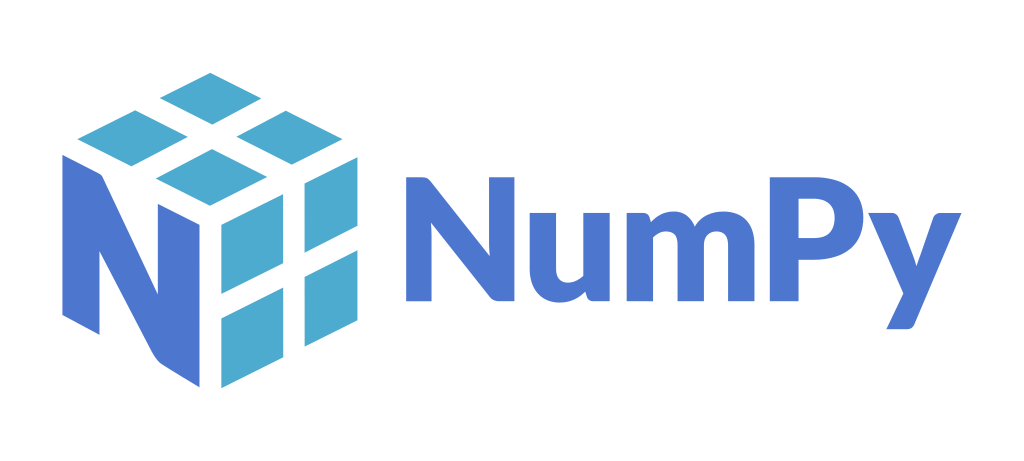
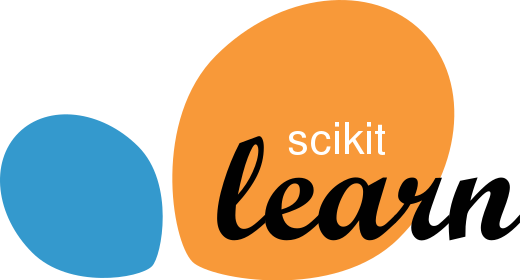
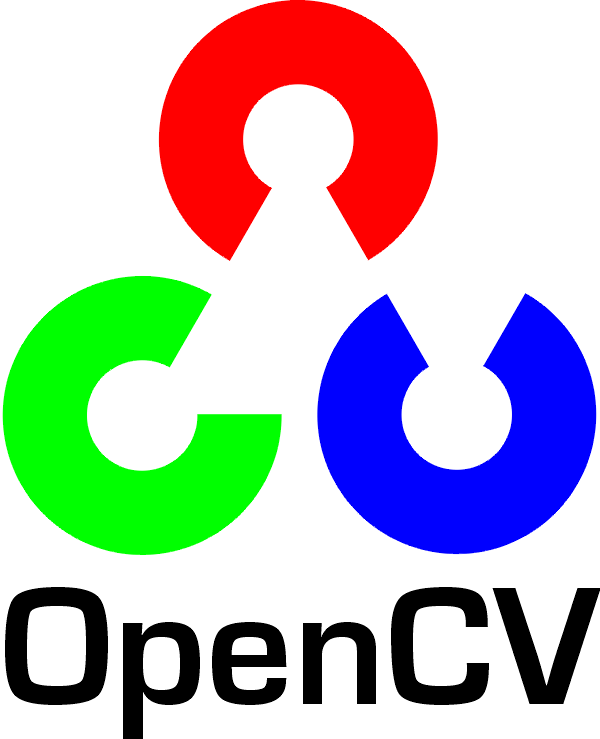
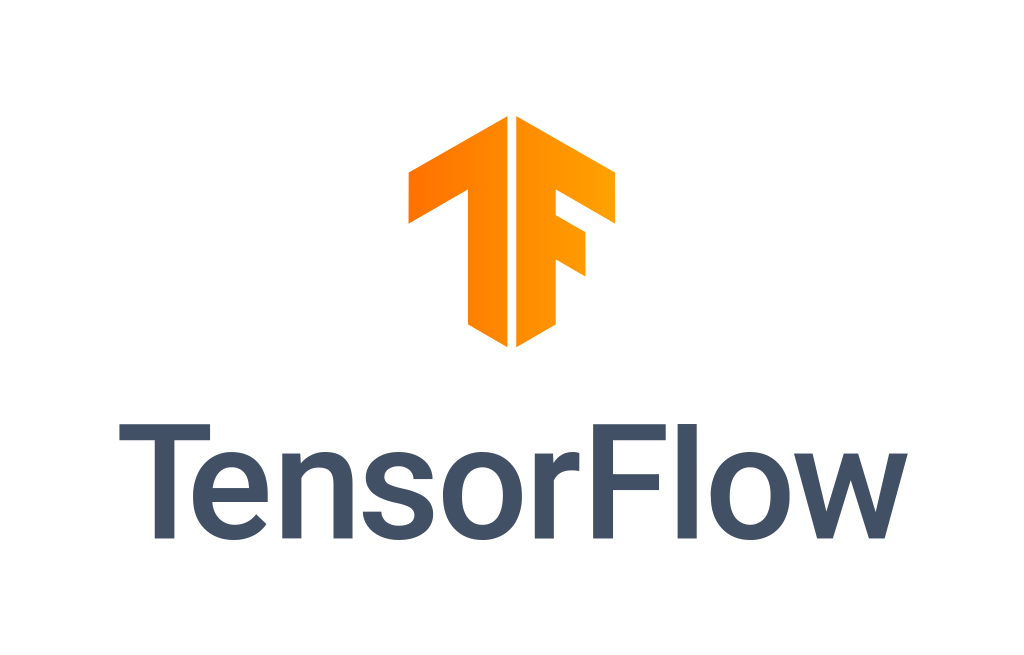

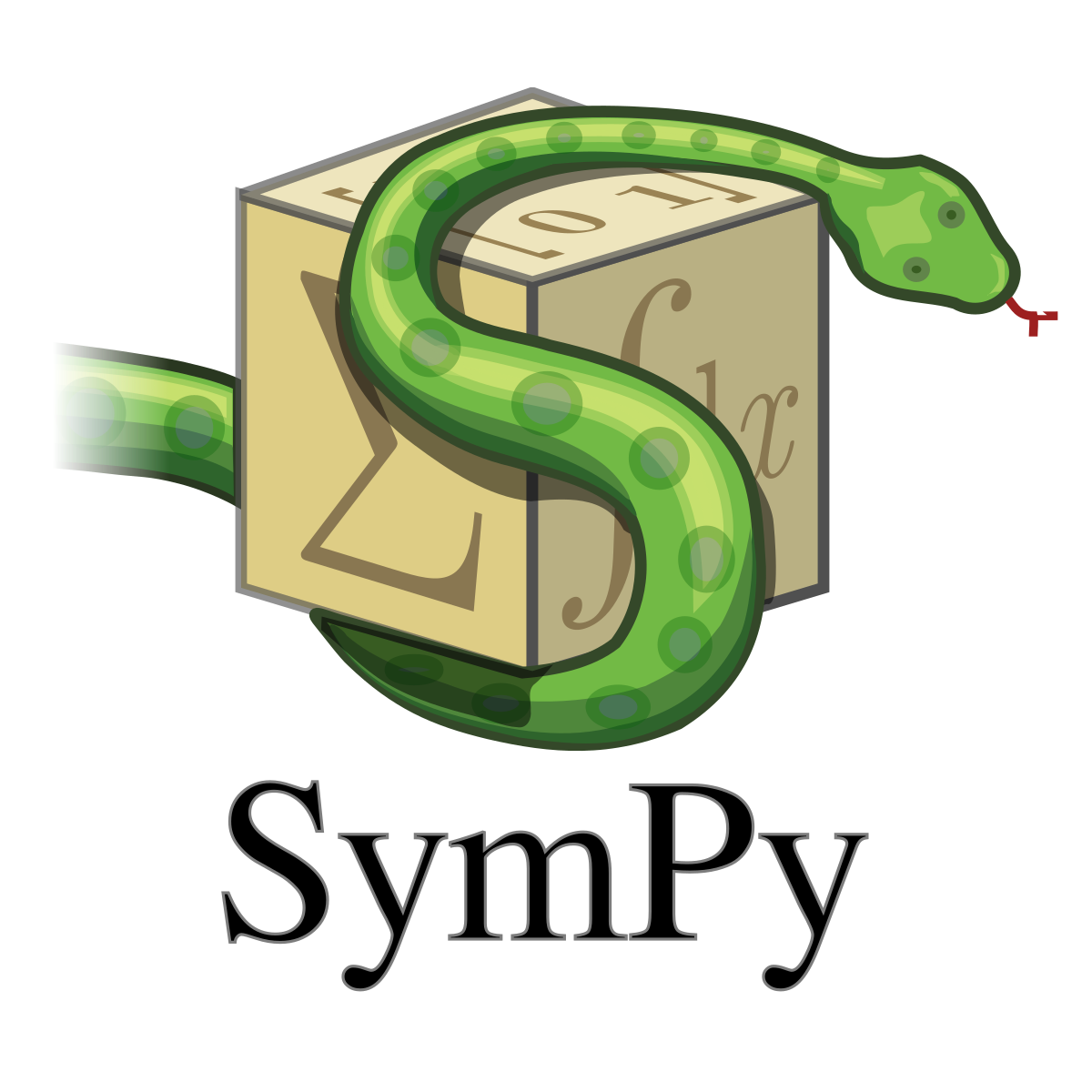
Basically every Python package!
Yes, it is open-source!
Mercury is an open-source framework. It is available on AGPL v3 license. We offer a commercial-friendly license with more features, dedicated support and private forks.
Star on GitHub